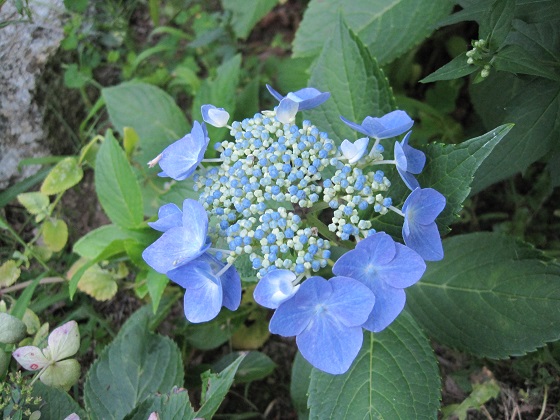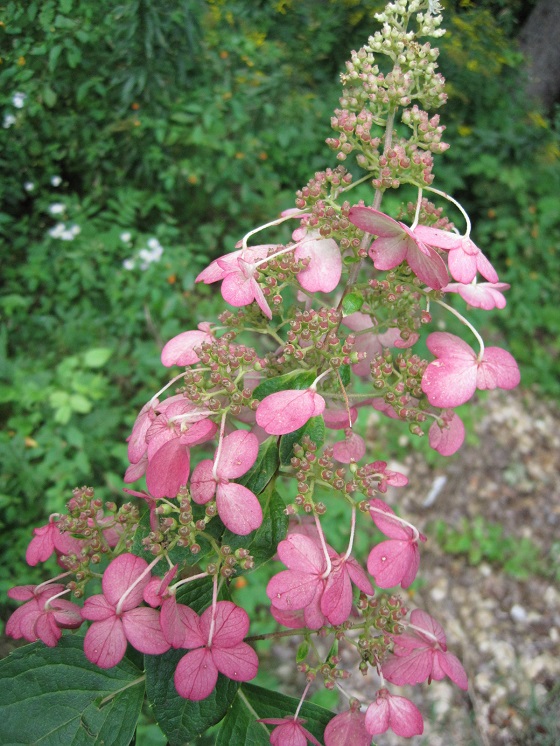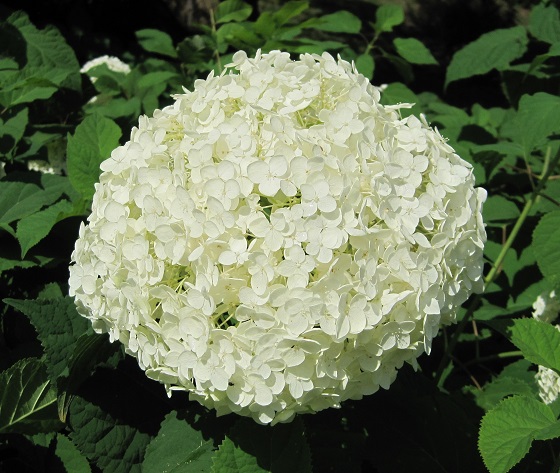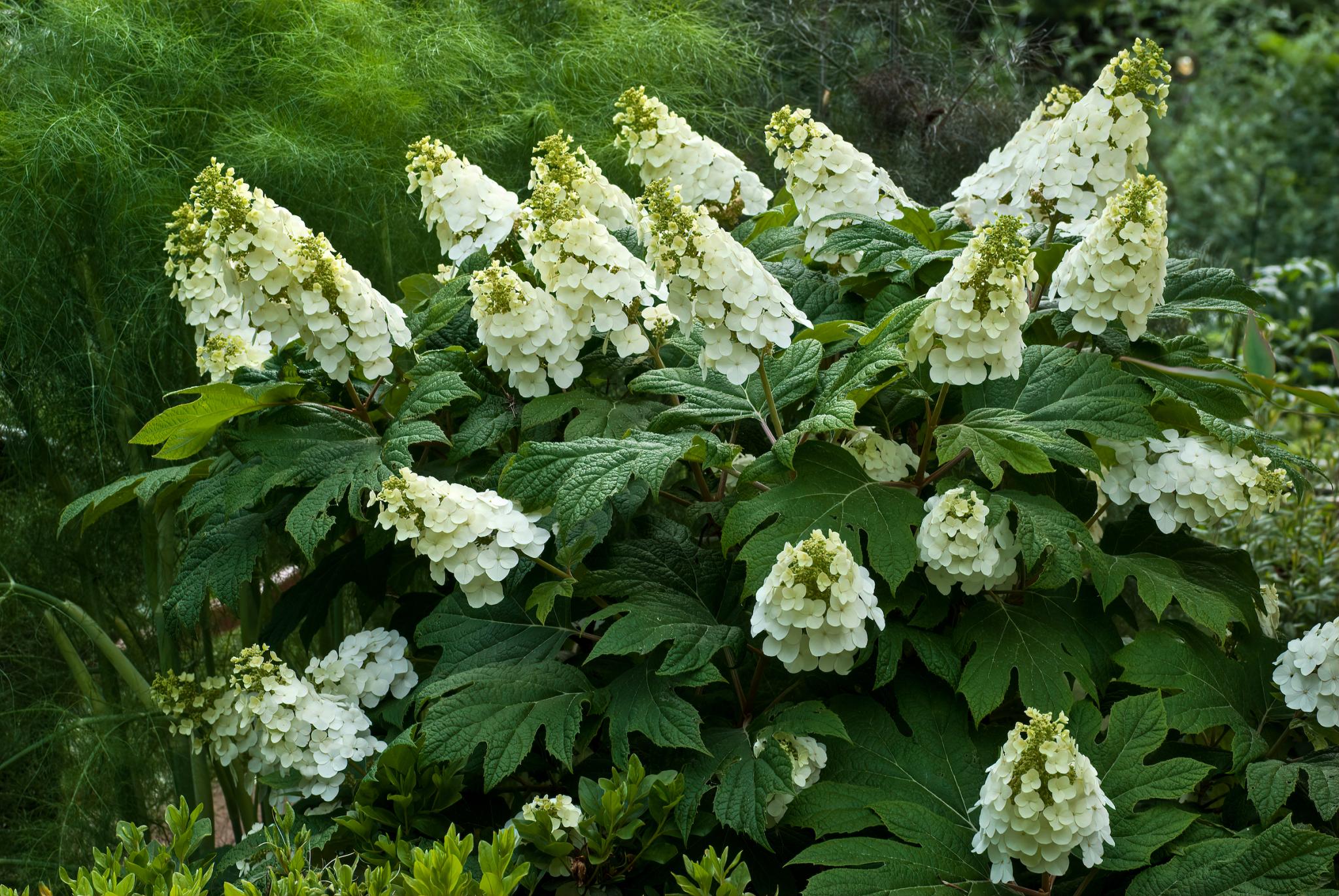
Hydrangea Pruning: Fall, Winter, Spring, or Summer?
The Almanac Garden Planner - Use It Free for 7 Days!
Plan your 2025 garden with our award-winning Garden Planner.
ADVERTISEMENT
We have a snow cone hydrangea that we inherited with the house. What is the best time to prune it? We are in Zone 8. Only this year have we started to take cuttings. The plant has a southern exposure and is planted next to the house. It is about 6 feet tall, spindly looking. It is about 5-6 feet wide and scrawny looking. We would like to prune it back both to help it fill in better and for more blooms.
I have a mycrophylla hydrangea that bloomed full this past spring so beautiful. When do I prune it? Or do I? Please let me know?
Hi Lorraine,
Hydrangea macrophylla bloom on old wood, so stems that grow the previous year. You want to prune these hydrangeas immediately after flowering by cutting back flowering shoots to the next bud. It is best to prune as close to the end of the blooming season as possible to avoid cutting off potential buds for next year’s flowers. With that said, you can certainly inspect your hydrangea now to see if buds have started to form and if it looks safe, do some light pruning. You also don’t have to prune your hydrangea each year if it is in a location where it has to room to grow larger, providing you with a bigger plant to enjoy.
Hope this helps!
How do I know if what I'm looking at is old wood or new wood, for pruning?
New wood means wood that has grown in the current year; it tends to look more fresh, so it may be a lighter green or not as “woody” looking. Old wood is from last year, so if it’s on the plant right now (winter), it’s old wood. When in doubt, don’t prune until after the plant blooms!
Just read your tips on oak leaf hydrangeas. I live in Zone 8-9. (North of Houston, TX) and my oak leaf absolutely loves my yard. It blooms in April-May and is tall, wide and beautiful. It sits facing north under partial shade of a pin oak tree. So it is possible to have a happy oak leaf south of zone 5.
I live in Durham nc
Is there a chart of different varieties that show when to prune, growth on old or new wood, when to fertilize and with what. I find myself reading pages and pages, and depending on who writes the article differ. I'm not new to hydrangeas and have macrophylla, panicle, oak leaf, Bits of Lace, Lacecaps, but its getting hard to keep them all straight. I too had plants that haven't bloomed now for 2 yrs, need to make sure they get the right nutrition. Also I have read where some put coffee grounds on hydrangeas, true or false if so how much and often. is there anything I can do this year to help next yrs blooms?
I don’t know what kind of hydrangea I have. Can you help me?
Check out our main hydrangeas growing guide!















